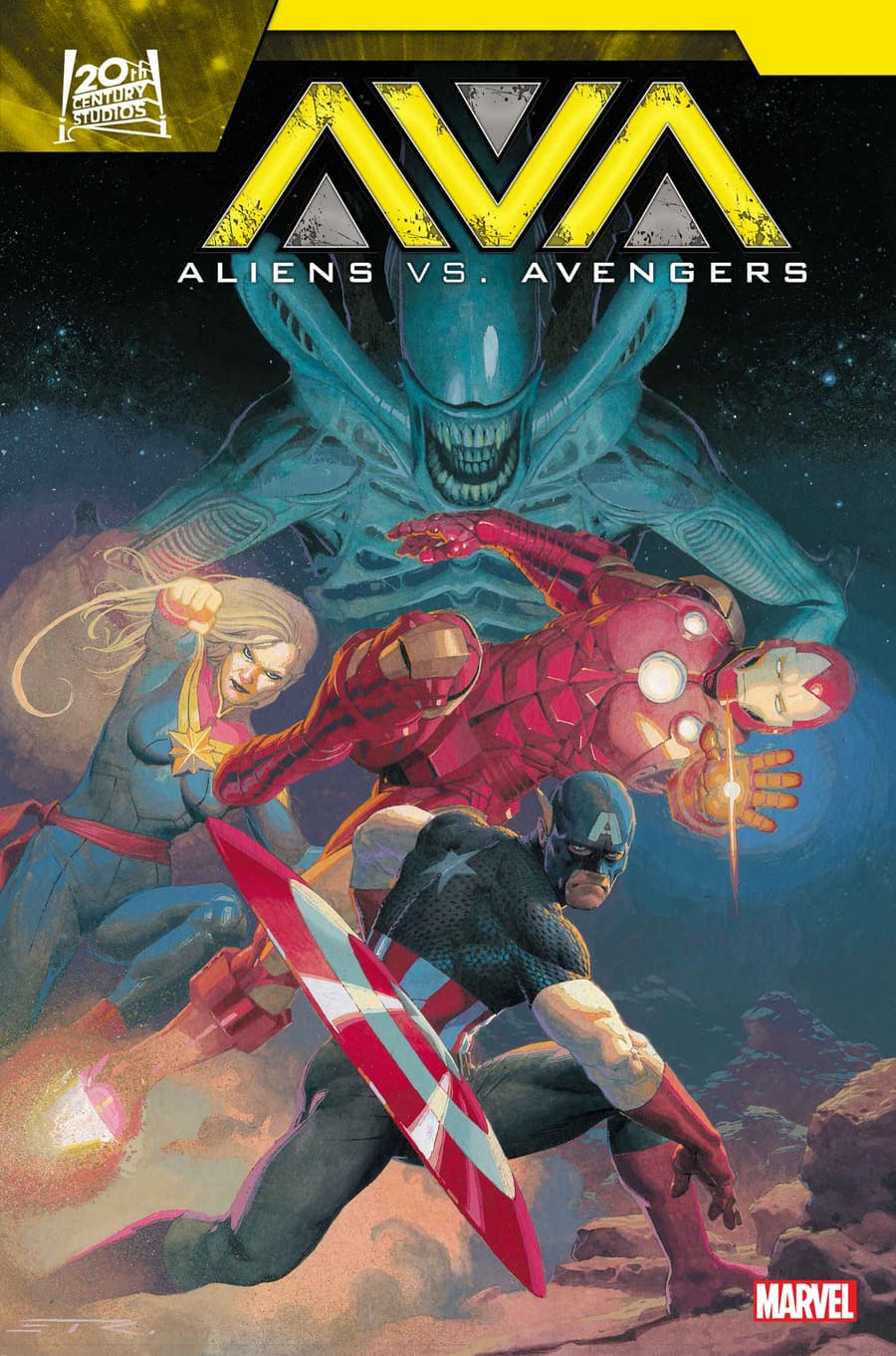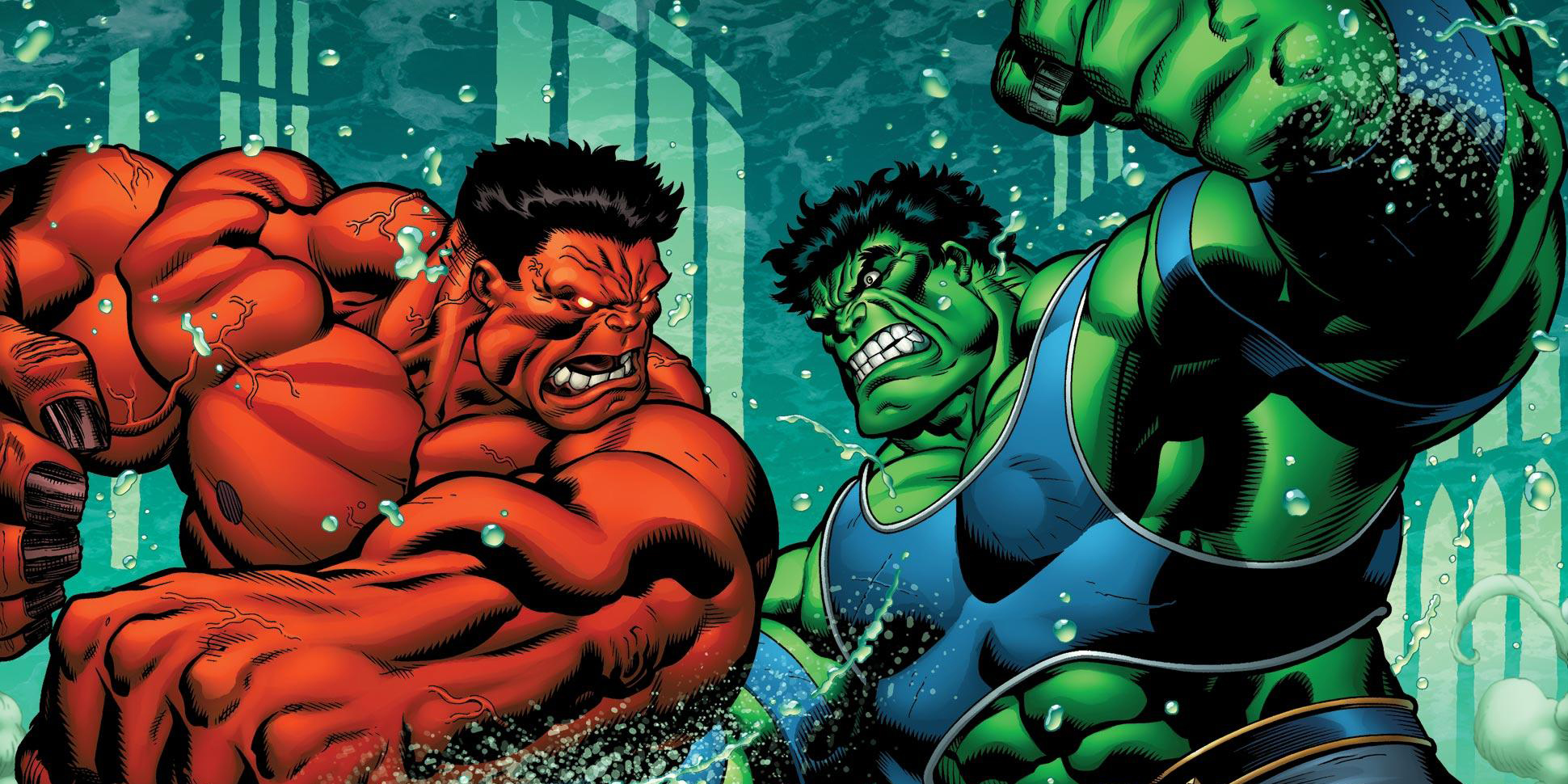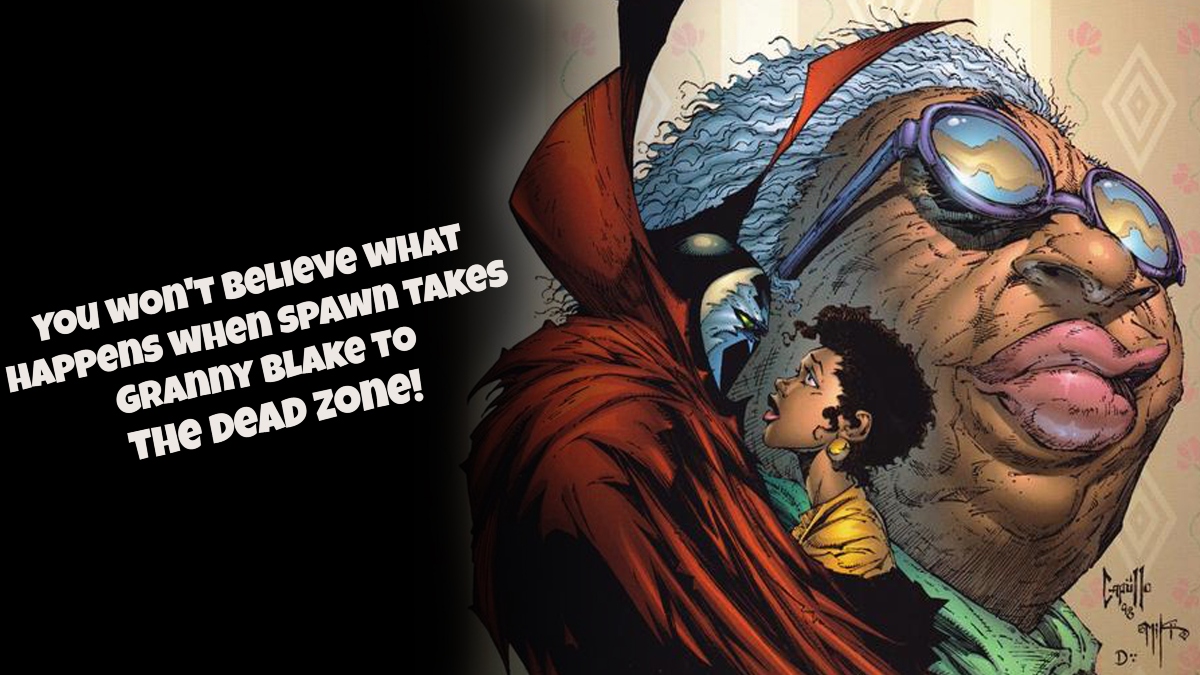![]()
Hollywood is always looking for the next big medium to adapt to the big screen. They spent years trying to get comic book movies right, and after decades of solid attempts, they finally seem to hit on a winning formula with the likes of Sam Raimi’s Spider-Man. I’ve always wondered how long it would take them to head overseas and start adapting anime. Given the cultural differences, I knew it wouldn’t be an easy feat. If you’ve had a chance to check out Dragon Ball Evolution, you can see just how difficult it is to get right.
For years now, there have been several anime and manga that have seemed to constantly be in development, and near the top of that list was always Ghost in the Shell. After countless years, we finally have the long-awaited adaptation starring Scarlett Johansson.
Based on the Masamune Shirow manga and Mamoru Oshii anime of the same name (not to mention numerous other animated films and series), Ghost in the Shell follows Major, a woman whose brain was saved from the brink of death and implanted into a synthetic body by a tech company called Hanka. Major is then enlisted to work for Section 9, a fictional intelligence department in this futuristic Japanese world.
The film kicks off with a stellar action scene (which Paramount released online last week) wherein a high-ranking Hanka official is hacked and killed. This is apparently one of a few other murders that occurred that night, and before long, Section 9 realizes they have quite the case on their hands. The culprit? An entity named Kuze, who has waged an all-out war on Hanka, for reasons unknown. Little does Major know, she has far more in common with Kuze than she’d ever hope.
Before getting into my personal thoughts on the film, I’d be remiss not to mention my familiarity with the various source material. I am only tangentially familiar with the manga by Masamune Shirow, but am all too familiar with the original 1995 film, which is considered a classic for anime fans. Like many, I originally watched that film in the late-1990s, and to be honest, it’s never clicked with me. The characters were paper thin, the plot simplistic, and if I’m honest, it was pretty darn boring as well.
So why is it hailed as a classic? Personally, I think the reason this film took off in the states as it did was because of its mature content. In a time where animation was considered a children’s medium, it was a breath of fresh air. Suddenly, there was this animated film out of Japan that dared to have nudity, gore, and violence? It was a whole new world, and as such, it made an impression on a lot of people. That being said, I’ve never been a fan. And the sequels and spinoff series have always been a bit too dry for me.
Now, with that long preamble, let’s get into the meat and potatoes of this review. How did this Hollywood adaptation hold up?
![]()
For starters, the visuals in this movie are off-the-charts amazing. This world is laden with stylized CG elements, and while that’s sure to put off a lot of people, there is little denying how impressive the production design is in this Neo-Tokyo-esque world (though I have no idea if it’s actually set in Tokyo). This is a world that’s very much in the vein of Blade Runner. It’s dirty, it’s lived-in, and it’s all-around gorgeous to behold. I spent a lot of time admiring each frame of this film, and considered the possibilities of many future stories taking place in this rich, fully-realized universe.
But the beautiful visuals don’t simply stop at the production design. There are numerous faithful recreations of several scenes from the anime that are lovingly translated into live-action in a way that feels natural and believable. If you’re a fan of the original anime, you’ll definitely find a lot here to like in terms of visuals. The shelling sequence, for instance, has not been left behind. This is, by far, the best Hollywood has done in adapting the unique, stylized visual of anime into live-action without making it look like silly cosplay.
The casting is another of the film’s strengths. Whitewashing controversies aside (which is actually somewhat addressed in the film in an interesting way), Scarlett Johansson was a solid fit for the Major. She manages to find that delicate balance between strong and fragile, and it goes a long way to help sell her plight in the flick. Pilou Asbæk brings a much-needed dose of humanity to the film in the form of Batou, one of Major’s partners. Takeshi Kitano is fittingly badass for Chief Daisuke Aramaki, the head of Section 9, and an imposing figure who is easy to cheery for. Finally, Michael Pitt shines as a broken man on a quest for vengeance. Were it not for the strong cast, I don’t think the film would have been nearly as effective (and while I enjoyed the cast, I’m not sure I could argue much with anyone who disliked their rather stiff and cold delivery, which seemed to me like a directing issue).
Now, let’s get into the weaknesses, which all pretty much revolve around the script. As mentioned above, the cast manages to somewhat sell a lot of this stuff, but given the less-than-ideal script, it’s quite the tough sell. Quite often the dialogue is overly-clunky and expository, often falling into a traditional sci-fi (and anime) trap of over-explaining things. However, its true crime may lie in its streamlined narrative. This is a breezy 98-minute flick, and given its abstract subject matter, it’s one that could have benefited from a longer runtime.
![]()
This film has a lot of grandiose ideas. However, in an attempt to keep the film trucking along, a lot of those ideas are overly-simplified, and when all said and done, we’re left with a whole lot of clichéd lines layered on top of a clichéd question about what makes us human. It’s an ambitious question that could have been handled well, but it almost feels like the filmmakers didn’t quite have the confidence not to spell out every little detail for us, especially in the first half (the opening text, for instance, was a completely unnecessary setup for this movie). An extra 20 minutes or so could have given the screenwriters more time to handle the material with some real finesse, but instead we’re sort of left with a more heavy-handed script that doesn’t give the audience enough credit. Perhaps this was a way to appeal to a more mainstream audience, but it felt unnecessary and almost a bit insulting.
Perhaps more frustrating was the fact that while the script was overly-simplistic, it was set in this very rich-looking world. I often spent my time looking at the set design and background characters, wishing we could explore some of those more interesting-looking aspects of this world, but instead, we were left following this somewhat simplistic narrative.
Additionally, for all the questions regarding humanity, I don’t think we got enough moments that showed humanity at work. There was one great scene between Major, Batou, and a pack of stray dogs that helped get that point across, but for a film that seems to want to celebrate humanity, there wasn’t quite enough of it for me to take it seriously. I was left in the first half feeling a bit cold. I mean, I do get it, the fact that Major isn’t quite feeling human is kind of the point, but as an audience member, I felt like I needed a lot more to latch onto with her character.
Up until about halfway through the film’s runtime, I was ready to give this film a C grade. It was an admirable attempt, but ultimately, it fell short. However, there’s an event that happens halfway through that sort of changes everything. I wouldn’t call it a twist, as it was shown in every bit of advertising the film had, but it was the catalyst for a whole host of more interesting things to take place.
![]()
The characters that had largely been ignored were brought back in a rewarding way, and more importantly, I started to connect a lot more with Major as the film went on. While I’d argue that her arc still didn’t have quite enough time to breathe, I think the way it played out was surprising in its warmth. Despite the rough start, I was left on a more satisfied note than I had expected, given the slow burn upfront.
All in all, Ghost in the Shell is a film that is a very lovingly-crafted, yet fundamentally flawed experience. The filmmakers were clearly fans of the original anime, and went out of their way to make a film that anime fans could be happy with (they even put the iconic opening song from the original film in its closing credits), but here are still some major issues in its story execution that keep the movie from rising too far above mediocrity. I can see this movie being loved by many viewers, but I can also see it being dismissed and disliked by many as well. For me, I’d say that this movie was “good.”
As someone who’s never quite been on board with the original animated feature, I can say that I easily prefer the more heartfelt live-action film over the cold, dry original. As far as anime adaptations go, it’s one hell of a step in the right direction, and a clear indication that Hollywood is at least starting to take the work from Japan a bit more seriously, even if it doesn’t quite hit the mark.
Grade: C+
Don’t forget to share this post on your Facebook wall and with your Twitter followers! Just hit the buttons on the top of this page.

 FOR FANBOYS, BY FANBOYS
Have you checked out LRM Online’s official podcasts and videos on The Genreverse Podcast Network? Available on YouTube and all your favorite podcast apps, This multimedia empire includes The Daily CoG, Breaking Geek Radio: The Podcast, GeekScholars Movie News, Anime-Versal Review Podcast, and our Star Wars dedicated podcast The Cantina. Check it out by listening on all your favorite podcast apps, or watching on YouTube!
Subscribe on: Apple Podcasts | Spotify | SoundCloud | Stitcher | Google Play
FOR FANBOYS, BY FANBOYS
Have you checked out LRM Online’s official podcasts and videos on The Genreverse Podcast Network? Available on YouTube and all your favorite podcast apps, This multimedia empire includes The Daily CoG, Breaking Geek Radio: The Podcast, GeekScholars Movie News, Anime-Versal Review Podcast, and our Star Wars dedicated podcast The Cantina. Check it out by listening on all your favorite podcast apps, or watching on YouTube!
Subscribe on: Apple Podcasts | Spotify | SoundCloud | Stitcher | Google Play



